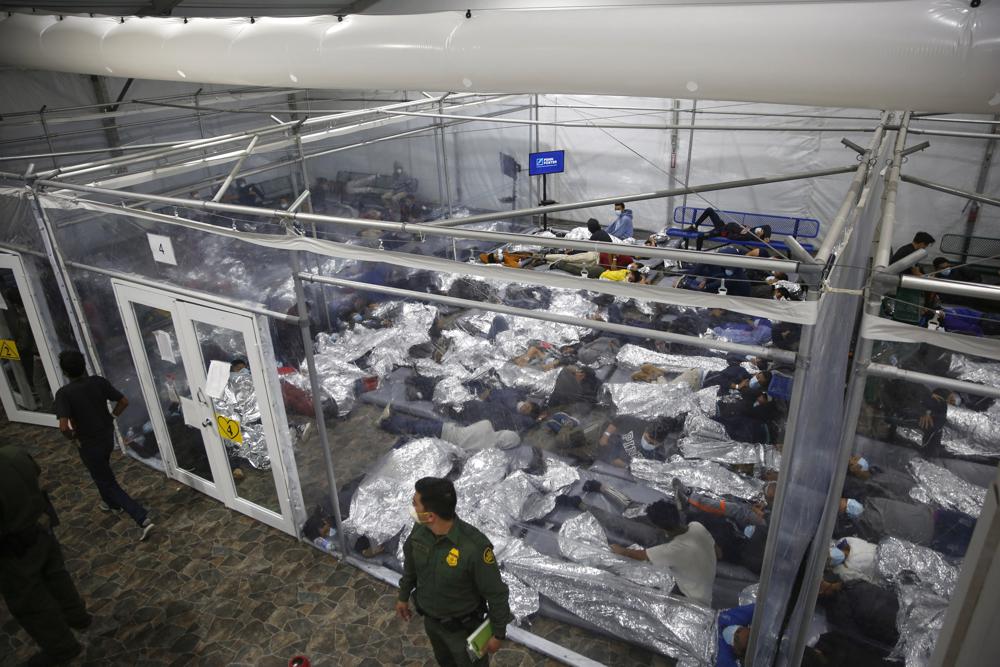

Paramedics were called regularly to treat children suffering from panic attacks so severe their hands would constrict into balls and their bodies would shake. The outbursts often occurred after other children were taken away to be reunited with families, dashing the hopes of those left behind at the largest emergency shelter set up by the Biden administration to hold minors who had crossed the US-Mexico border alone.
The conditions described by a federal volunteer who spent two weeks in May at the shelter at Fort Bliss Army Base in El Paso, Texas, highlight the desperation and stress of thousands of children held at unlicensed facilities, waiting to reunite with relatives.
Some had marks on their arms indicating self-harm, and federal volunteers were ordered to keep out scissors, pencils or even toothbrushes that could be used as a weapon. While girls made origami and braided friendship bracelets, a large number of the children spent the day sleeping, the volunteer said. Some had been there nearly two months.
The volunteer spoke on condition of anonymity because she was not authorized to talk publicly about what she witnessed on the base from May 12 to May 25. She said she was compelled to speak out because of the despair she observed. Much of what she described mirrored what advocates who visited the shelter recently recounted to The Associated Press and what children there told them.